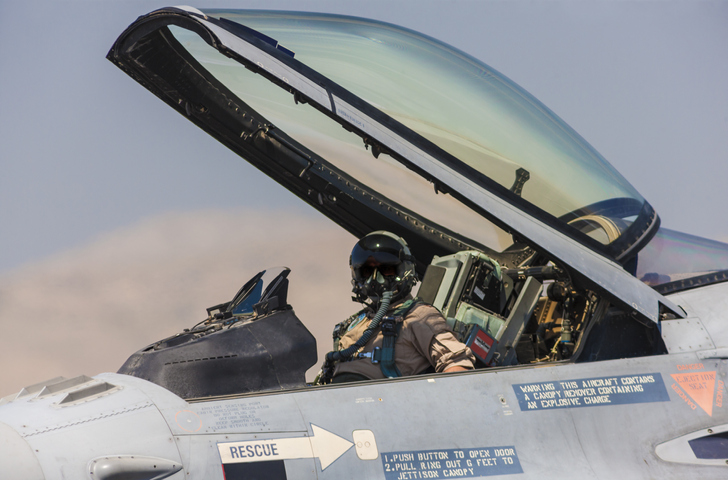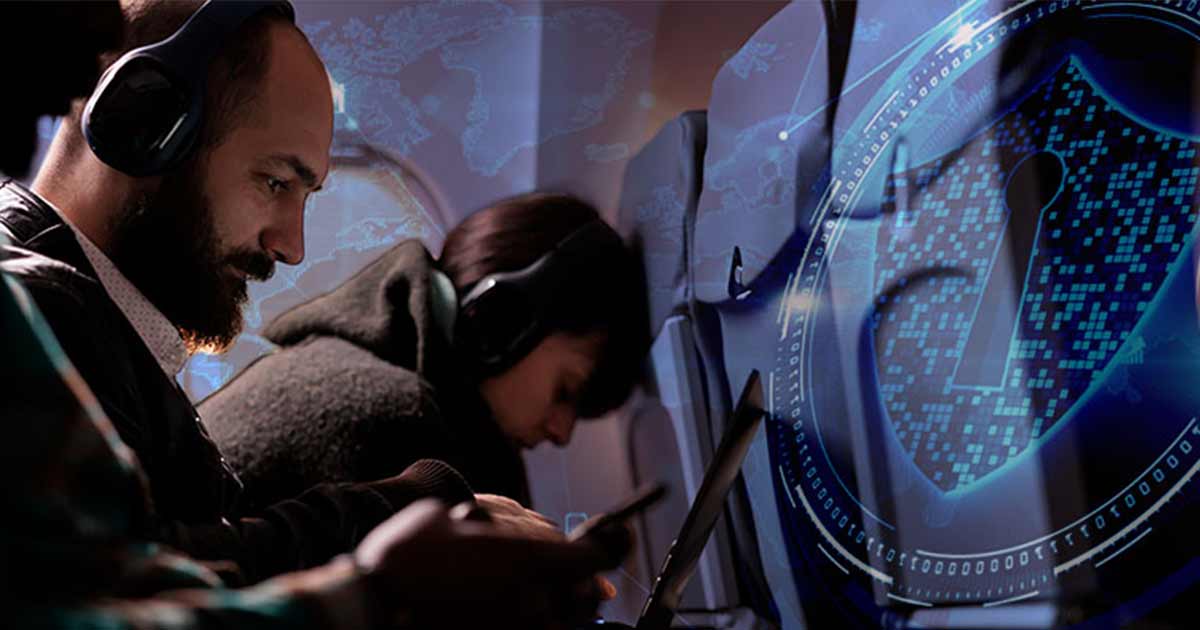Ever since John Reardon issued this article in the COTS Journal in January, I have been thinking about how artificial intelligence will start to appear in the avionics industry. My time prior to joining Lynx was all spent in the technology industry focused on other markets like consumer, industrial and cloud infrastructure. While I think digital speakers aren’t particularly useful, it is an example of how machine learning is (audibly) impacting many people’s daily lives. There are far more useful-to-mankind examples underway in the field of healthcare where reams of old data can be examined to predict the onset of specific diseases.

But what about artificial intelligence at thousands of feet above the earth? The consequences of incorrect actions and decisions can jeopardize lives. Coupled with this, the usual model of training being accomplished in the cloud and then inference being performed on the device itself is somewhat more challenging. Just like in automotive applications, for latency and network bandwidth reasons, I believe more of the training will need to be migrated to the plane where the data is being processed. Probably some form of hybrid approach where aircraft will be updated with latest and greatest models prior to departure, and on from there, there will be some functions where there will be updates to models during missions based on new data that is analyzed. This obviously implies a significant uptick in performance requirements being accommodated into aircraft…Automobiles are sometimes referred to as “servers on wheels”. An aircraft will be a “server with wings”.
The second article that struck me a couple of weeks ago was this one in Monch about the drive towards use of open standards in the aerospace industry. All of the new AI frameworks are being proven on Windows and Linux environments…. which means to harness these in aircraft, these types of operating systems will need to be embraced in the systems and will need to be updateable to support new frameworks. This throws up all sorts of challenges related to maintaining a high level of security and safety.
At the core of these systems, there has to be isolation of functions to avoid one system crashing another and accessing more system resources (CPU cycles, memory, I/O functionality etc) than it is allowed. We obviously feel this is the area when Lynx excels with its software framework, LYNX MOSA.ic™.
This got me thinking about dissimilarity. There is a great piece here by Curtiss Wright which helps provide an example. The way I think about it, given the fact that no programmer writes perfect code and that no component is perfect, the creation of systems that employ different processors and indeed are programmed in different languages. It is one of the reasons why the Ada language remains alive and well in this industry whereas there is probably no-one in a cloud infrastructure company like Amazon that could spell it let alone code in it. Taking this approach enables critical decisions to be made based on multiple computers that arrived at their decisions in different ways….and vastly reduces the risk of errors. For me therefore, for artificial intelligence to really move into the cockpit for critical-to-flight decision making, I think this same approach will have to be taken. Use of different models created in different frameworks…Whether those are TensorFlow, Pytorch, MXNet or Caffe or (more likely) some forks that harness these and add proprietary elements remains to be seen. We might see the equivalent of RedHat’s support of Linux for Enterprise emerging to support AI frameworks for aerospace applications.
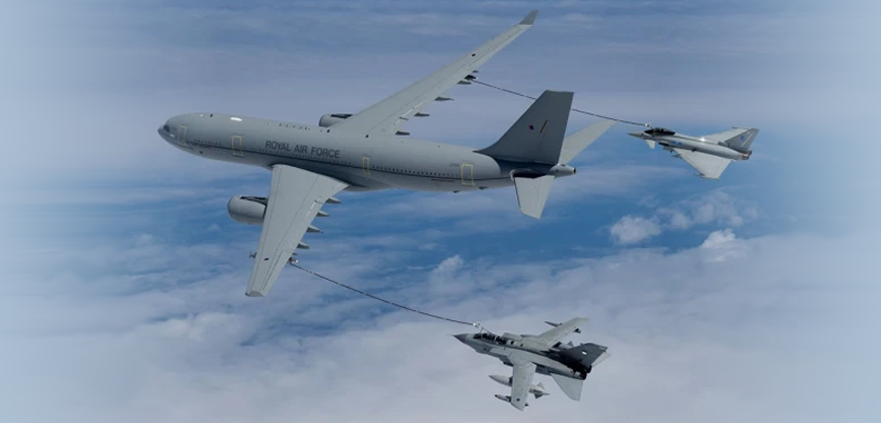
Prior to that, we are already seeing deployment of ML functionality in subsystems where the occurrence of errors are annoying….but not fatal. Airbus showcased automated refueling technology a couple of years ago and our partner, CoreAVI, announced a partnership with Airbus focused on harnessing GPU compute for this specific function in 2019. Multiple intelligent sensors (for redundancy) are being deployed in subsystems to detect and alert pilots regarding out-of-the-ordinary behavior like vibration, power consumption. My expectation though is that it will be quite some time before we see machine learning used at scale in aircraft. Please let me know your thoughts if you agree or disagree!
To learn more about our solutions for avionics applications, visit our dedicated avionics page.
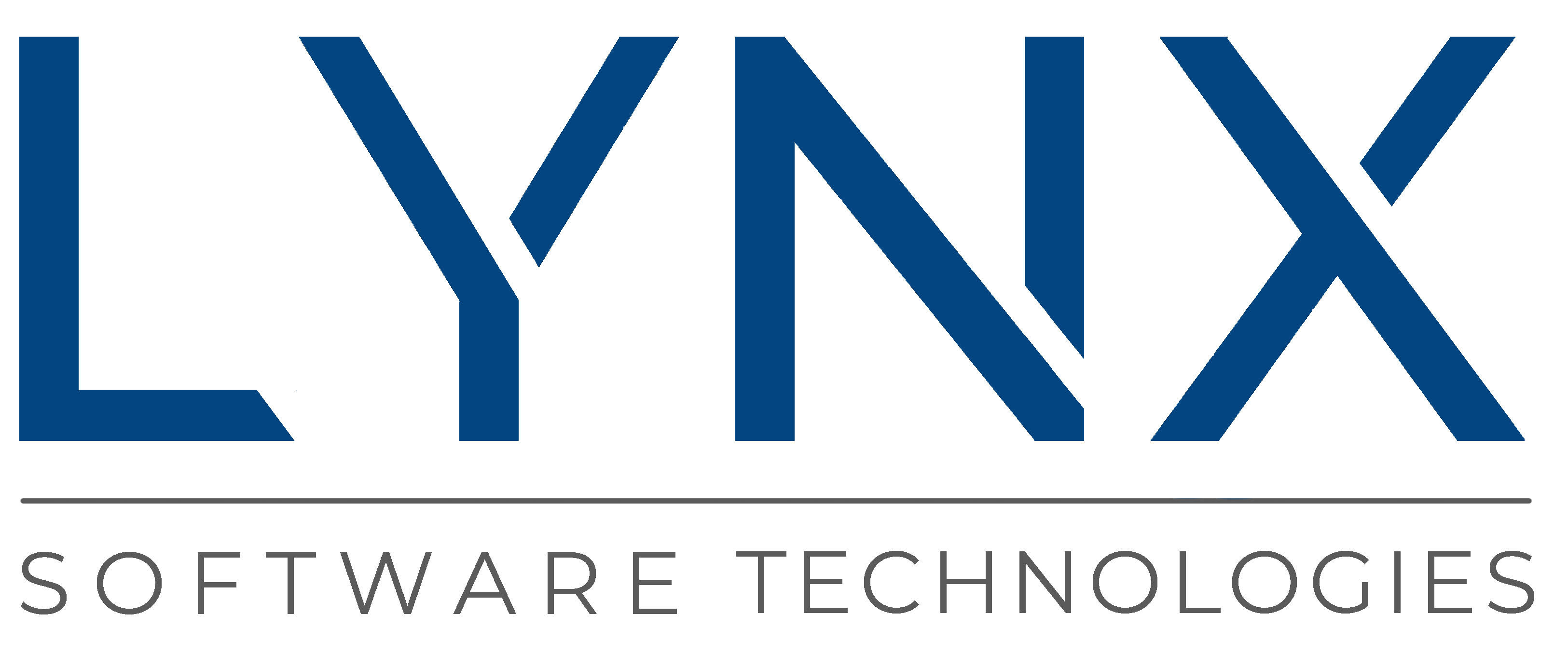

 Ian Ferguson | VP Marketing
Ian Ferguson | VP Marketing


